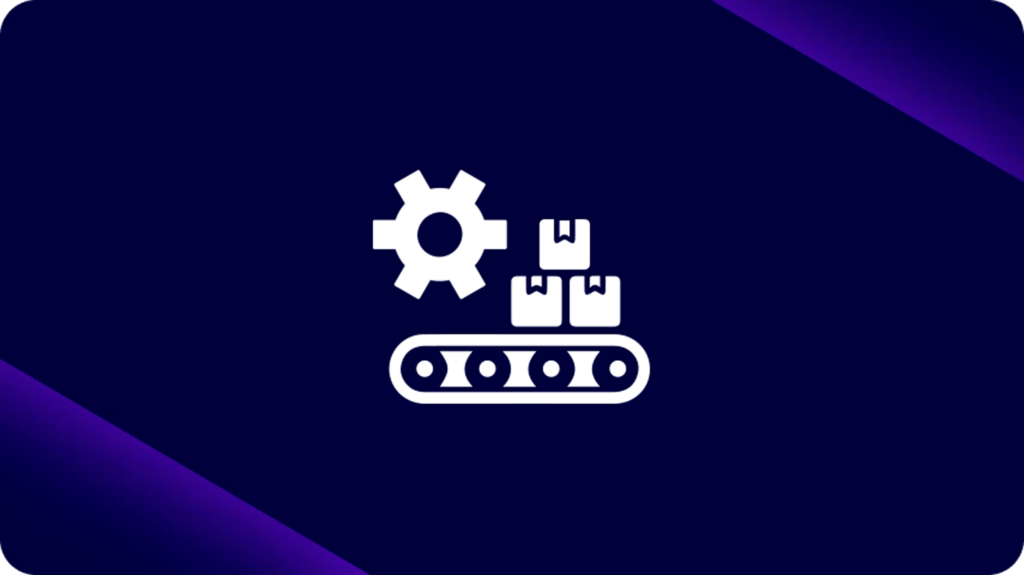maio 18, 2023
O caminho para a transformação digital nunca é tranquilo, com a maioria das empresas enfrentando uma verdadeira faxina antes de alcançar o estado futuro desejado. Normalmente, os esforços se concentram em sistemas legados e aplicações não nativas da nuvem que dificultam o progresso. Raramente colocamos as APIs nessa categoria.
Por muito tempo vistas como a salvação das equipes de TI ao redor do mundo, as APIs nos ajudaram a simplificar integrações, apoiar a comunicação entre sistemas e liberar aplicações de arquiteturas monolíticas e isoladas. Embora sejam recursos impressionantes (e indispensáveis) para o ambiente empresarial, as APIs também trazem desafios legados próprios.
Para garantir o sucesso da sua estratégia de integração empresarial, a modernização das APIs precisa fazer parte do plano.
>> Agende uma demonstração personalizada com nossa equipe de especialistas e veja como o iPaaS da Digibee trará eficiência ao seu negócio.
O que é uma API?
As APIs foram criadas para possibilitar a conexão entre programas independentes de hardware. Essa tecnologia permite que diferentes componentes de software se comuniquem entre si, atuando como uma interface de software.

Essa tecnologia utiliza um conjunto de definições e protocolos para viabilizar a comunicação entre programas. Por exemplo, o aplicativo que um cliente de varejo usa em seu celular para fazer compras depende de uma API para se conectar e se comunicar com o site do varejista em busca de atualizações.
Originalmente criadas para programas voltados ao usuário final, as APIs hoje são utilizadas com softwares utilitários, interfaces de hardware, bibliotecas, frameworks, sistemas operacionais, além de APIs remotas e web.
Independentemente de a infraestrutura de TI ser legada, moderna ou estar em transição, é provável que o negócio dependa de APIs de alguma forma para garantir a conectividade.
Benefícios das APIs
Empresas bem-sucedidas são lideradas por APIs. E muitas organizações que ainda não são querem ser. Essas empresas reconhecem o valor de uma verdadeira empresa conectada, onde os dados fluem sem esforço entre aplicações, promovendo interoperabilidade e inovação. Aqui estão alguns dos principais benefícios que as APIs oferecem:
Experiências incríveis do cliente
APIs aceleram o upload de dados, reduzindo os tempos de resposta de sites e atendendo usuários finais exigentes e impacientes. Informações do cliente
(histórico, preferências, interações recentes) são facilmente acessadas, garantindo uma experiência personalizada em todas as interações.
Eficiência de recursos e custos
Em vez de desenvolver aplicações do zero, as APIs permitem que os
desenvolvedores usem frameworks reutilizáveis existentes para criar novos apps, economizando tempo e dinheiro.
Colaborações mais fortes
APIs compostas permitem que desenvolvedores externos integrem-se facilmente aos produtos e serviços da empresa. O acesso a dados é simples e evita o trabalho demorado de codificação e desenvolvimento.
Integração de dados de API para infraestrutura legada
APIs são especialmente úteis para organizações com sistemas legados, aplicando lógica a formatos mais antigos (como CSV ou COBOL) para torná-los compatíveis com sistemas mais modernos.
Desvantagens das APIs
Com tantos benefícios, não é surpresa que profissionais de TI, desenvolvedores e integradores tenham adotado as APIs. No entanto, a popularidade da tecnologia tornou-se um problema, já que a proliferação de APIs resultou em interdependências cada vez mais complexas ao longo do tempo.
Isso leva a uma crescente quantidade de códigos-fonte desestruturados e difíceis de manter. Criadas rapidamente para atender a necessidades imediatas, muitas APIs utilizam código personalizado para criar integrações ponto a ponto. Em pequena escala, isso é gerenciável, mas com o tempo, à medida que novas integrações personalizadas são desenvolvidas e os desenvolvedores deixam a empresa, perde-se o controle da estrutura subjacente.
O resultado é uma equipe de desenvolvimento sobrecarregada, que gasta muito tempo desfazendo códigos confusos e reconstruindo integrações existentes. De acordo com a pesquisa mais recente da Digibee sobre integração empresarial, 98.5% dos respondentes reconstruíram até 10 integrações por ano.
Essa abordagem tradicional de integração baseada em APIs prejudica a agilidade e o dinamismo da empresa, características fundamentais para as iniciativas de transformação digital que tantas organizações precisam para evoluir e prosperar.
Como a Digibee otimiza a integração de APIs empresariais
A tecnologia iPaaS da Digibee simplifica a desordem criada por integrações ponto a ponto de APIs e codificação personalizada, incluindo APIs internas e conexões com APIs de parceiros. Nossos clientes se beneficiam de uma ampla gama de capacidades de integração, como:
- Criação rápida de APIs e gerenciamento do ciclo de vida
- Interface visual e low-code para abstrair a complexidade das integrações
- Componentes prontos para uso, que reduzem o tempo necessário para concluir tarefas
- Escalabilidade e resiliência com novas capacidades, como o uso de Kubernetes
- Segurança de dados em ambientes híbridos com base em funções de usuário, ferramentas de criptografia e credenciais privilegiadas
- Agilidade nos prazos, liberando desenvolvedores para se concentrarem em iniciativas inovadoras e de transformação digital
As APIs não desaparecerão tão cedo – nem deveriam. Reconhecemos o valor que elas oferecem às organizações e acreditamos que, dentro de uma infraestrutura de TI moderna, iPaaS e APIs coexistem de maneira complementar.
No entanto, mesmo com a ampla adoção de APIs, elas não são uma solução única para todos. Equipes e indivíduos costumam trabalhar com APIs específicas e têm opiniões bem fundamentadas sobre como e onde elas devem ser usadas. Na nossa experiência com empresas de diferentes indústrias e geografias, é comum encontrar desenvolvedores e arquitetos de sistemas com preferências já estabelecidas. Para atender essas necessidades, a Digibee oferece parcerias com fornecedores de APIs reconhecidos e alinhados às necessidades de cada cliente, mas também flexibilidade para uma abordagem “traga sua própria API”, garantindo continuidade entre ambientes legados e modernos. A Digibee ajuda a modernizar sua estratégia de integração com APIs, permitindo que sua empresa cresça e evolua sem as limitações das arquiteturas tradicionais.
Próximos passos
A solução iPaaS da Digibee facilita para as equipes de TI e desenvolvedores criarem um ambiente empresarial conectado e interativo. Nossa interface low-code e intuitiva simplifica o processo de integração, permitindo que desenvolvedores de qualquer nível de habilidade criem integrações que apoiem as iniciativas de transformação digital essenciais para o sucesso da sua organização.
Nossas Relatório – 2023 State of Enterprise Integration fornece dados concretos que apóiam a importância da integração para empresas em vários setores. Baixe sua cópia gratuita hoje ou agende uma demonstração sem compromisso para ver nossa solução em ação.









